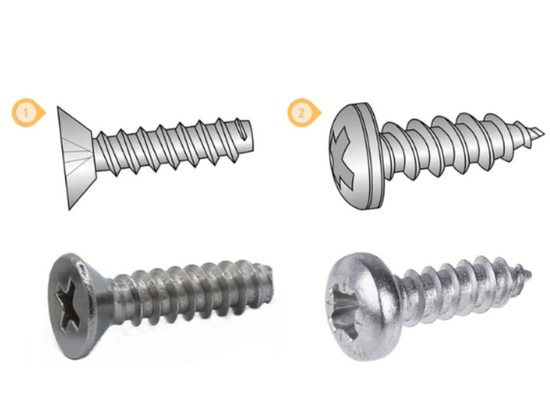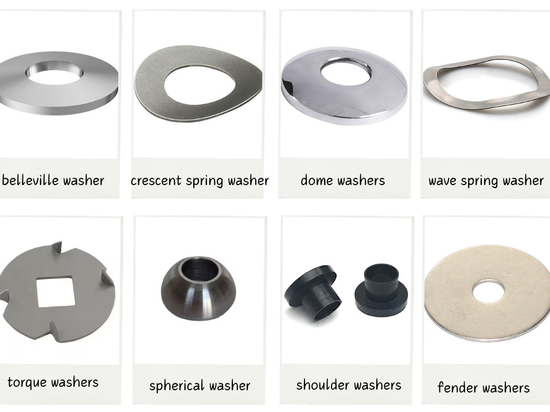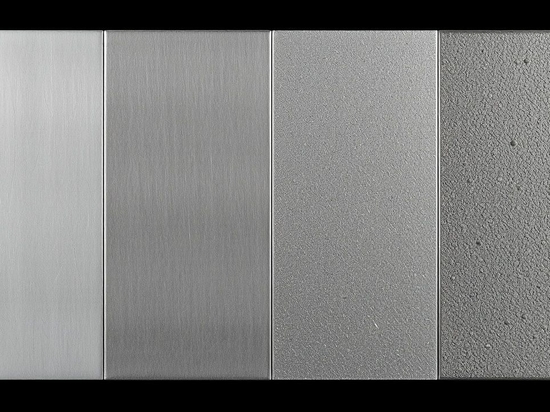
#Industry News
Circular Runout Vs. Total Runout
Runout In GD&T
Circular runout and total runout are two key concepts in Geometric Dimensions and Tolerancing (GD&T). Circular runout evaluates rotational deflection in a single cross-section, while total runout evaluates deflection in multiple planes simultaneously, covering the entire length of a cylindrical part.
Circular Runout and Total Runout stand as essential metrics employed to evaluate deviations and imperfections in mechanical components. While both terms are interconnected, they encapsulate distinct aspects in gauging the geometric precision of cylindrical parts and rotating features.
1.Evaluation Focus:
Circular runout: Controls a specific circular cross-section of a part.
Total runout: Evaluates the entire surface of the part, considering all sections simultaneously.
2.Control and Application:
Circular runout: Applies to specific circular cross-sections of various surfaces (e.g., cones, cylinders, spheres).
Total runout: Specifically pertains to the entire surface of cylindrical parts; not applicable for tapered features.
3.Complexity and Cost:
Circular runout: Generally incurs lower costs and is simpler to produce and inspect.
Total runout: Involves higher costs and complexity due to its comprehensive assessment across multiple sections.
4.Difference in Measurement Methods:
Circular Runout: Measures each cross-section independently without inter-sectional comparison.
Total Runout: Necessitates uninterrupted and continuous measurements performed along the entire surface of the part to comprehensively assess overall variations.




